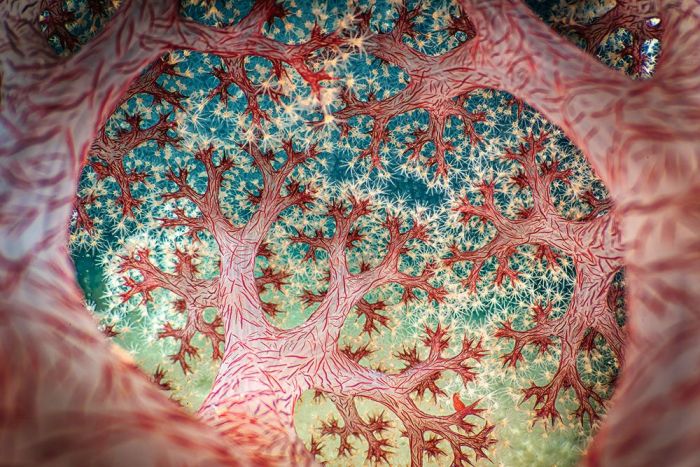Fractal Forest Wall Print

Fractal Forest Wall Print
Here's a summary of how to select your print. For detailed information, including frame sizes, delivery and frequently asked questions, please see our prints guide.
1. Choose the type – canvas, photographic paper or fine art paper.
2. Select the size – the options in the drop-down menu refer to the longest edge of the print before any frame is added (and includes the border). This table shows the dimensions for this print, including the actual image size.
| Longest edge (width) | Shortest edge (height) | Actual image size (width x height) |
| Canvas size (rolled or stretched) unframed | ||
| 40cm | 26.67cm | 40cm x 26.67cm |
| 60cm | 40cm | 60cm x 40cm |
| 80cm | 53.33cm | 80cm x 53.33cm |
| 100cm | 66.67cm | 100cm x 66.67cm |
| Paper size (photographic or fine art) unframed | ||
| 40cm | 29.33cm | 32cm x 21.33cm |
| 60cm | 44cm | 48cm x 32cm |
| 80cm | 58.67cm | 64cm x 42.67cm |
| 100cm | 73.33cm | 80cm x 53.33cm |
3. Pick a frame (or choose 'none'). Frame sizes vary – see the prints guide.
4. Add to basket and you're done!
In stock
Description / Fractal Forest Wall Print
Fractal Forest © Ross Gudgeon (2025). Wildlife Photographer of the Year is owned by the Natural History Museum, London.
Natural Artistry, Highly Commended 2025
Ross is always looking for ways to use an extended macro wide lens – an underwater version of a probe – to photograph from unusual perspectives. He carefully threaded the lens between the coral branches and backlit the scene with two flashes.
Soft corals are filter-feeding invertebrates found in the Indo-Pacific and the Mediterranean. Unlike other corals, soft corals do not use photosynthesis for sustenance. Instead, each polyp-tipped branch bears feathery tentacles that comb water currents for floating phytoplankton.
